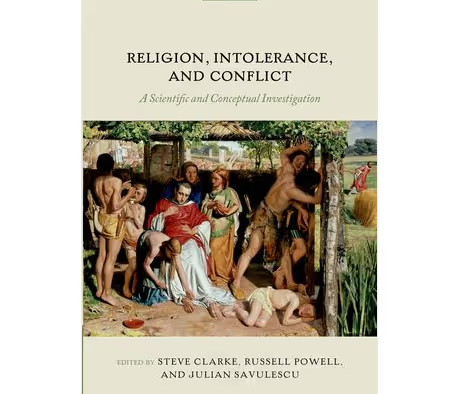June 22, 2023
Spirituality, Science, and Action: A Conversation Between David Sloan Wilson and Brother Phap Linh
Spirituality often seems like the opposite of action, but some of the most committed forms of activism come from spiritual leaders.

Related Posts

Religion through an Evolutionary Lens: A Conversation about Dominic Johnson’s “God is Watching You”
Dominic Johnson's new book present an new look at religion by suggesting that the same underlying scientific perspective—evolution and natural selection—can lead to a very different stance on religion from Richard Dawkins and other New Atheists.
Read post

Religion, Intolerance, And Conflict
A groundbreaking anthology bringing together leading evolutionary and non-evolutionary scholars.
Read post

No items found.
Evolving A World That Works for All: Fulfilling the Spirit of Humanism in the Internet Age
A second Darwinian revolution is in progress.
Read post

Steering Toward the Omega Point: A Roundtable Discussion of Altruism, Evolution, and Spirituality
An introduction to the question: Is it possible to be spiritual and scientific at the same time?
Read post

God Is Watching You: How the Fear of God Makes Us Human
Read an excerpt from Dominic Johnson's new book 'God is Watching You' where he presents a new theory of the origins and evolution of not only religion, but also human cooperation and society, and explores how fear of supernatural punishment exists within and outside of religious contexts.
Read post



.avif)


